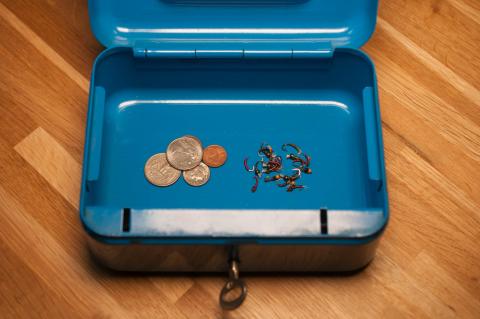Not sure how the Perch in the US compare to their European cousins behavior-wise (different species Perca flavescens vs. Perca fluviatilis), but in the north-central North America the perch typically feed on sub-surface insects near the bottom and fish fry, especially their own.
Personally I most often find caddis larvae, damsel, dragonfly nymphs and bloodworms in stomach contents, though they are not terribly picky and like to hit bright colors as well as subtle ones.
Fry-wise, I have found that a fairly large Alexandria or similar streamer will attract them. Red and Silver in general seem to work well, and also Yellow and White. Don't underestimate their cannibalistic tendencies.
Also, they like to short-strike, so avoid long tails or wings.
Tight Lines,
-flywalleye
- Log in to post comments

